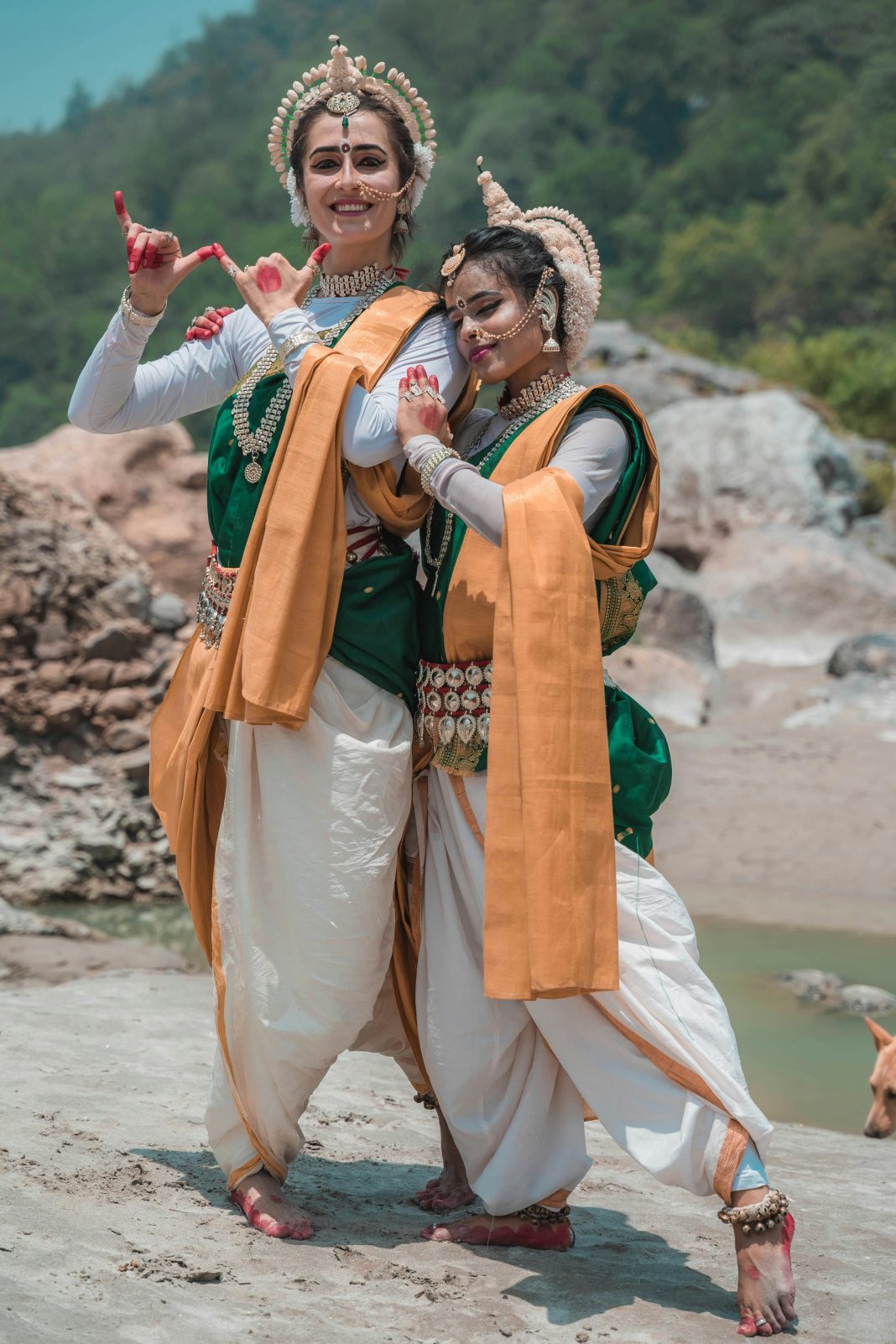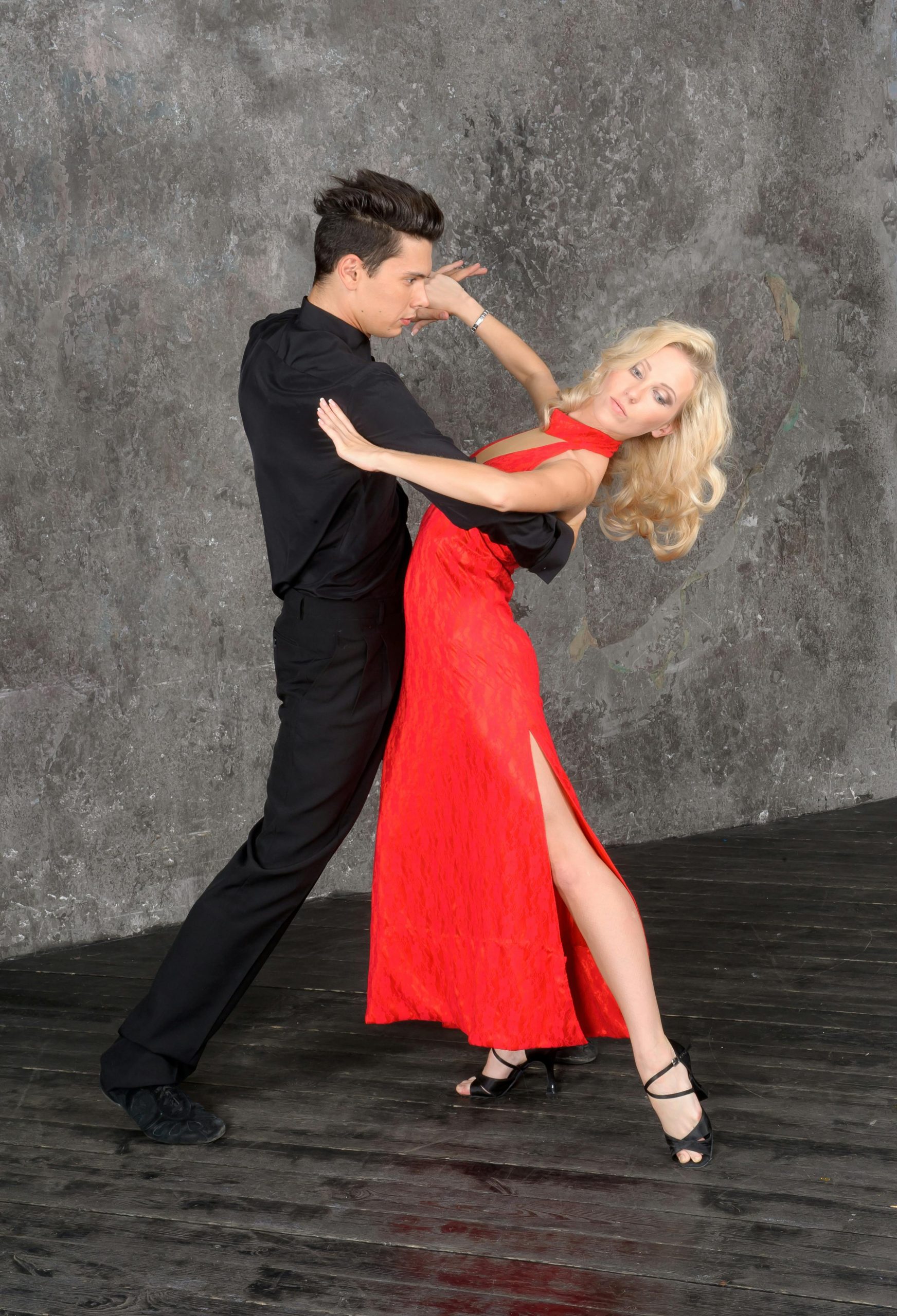Introduction


In the world of Odissi, the saree is more than just attire; it’s a pivotal element that complements the dance’s lyrical movements. This traditional garment enhances the overall aesthetic and spiritual expression, showcasing the deep cultural heritage embedded within each performance. Let’s explore how the art of the saree plays a crucial role in Odissi dance.
Symbolism and Style
Renowned for its rich colors, intricate patterns, and symbolic significance, the Odissi saree stands as a testament to the artistry of its creators. Typically woven from silk, these sarees often feature traditional motifs such as temple borders, lotus flowers, and mythological scenes. These elements are not just decorative but hold deep meanings, reflecting the spiritual narratives often portrayed in Odissi dance.
Adaptation for Movement
Moreover, the way an Odissi saree is draped is distinctively suited to the dance form. The unique draping style allows for fluidity and ease of movement while maintaining the saree’s elegance. The fabric’s graceful flow around the waist extends into pleats that mirror the dancer’s intricate movements, mesmerizing the audience with its captivating allure.
Contemporary Touches
While traditional aesthetics continue to dominate, contemporary influences have found their way into the design and styling of Odissi sarees. Modern-day weavers and designers experiment with lighter fabrics, updated motifs, and a broader color palette to keep the attire both relevant and respectful of its origins. This blend of old and new ensures that the saree remains a central highlight in Odissi performances, captivating both dancers and viewers.
Craftsmanship in Weaving
The craftsmanship involved in creating an Odissi saree is a skill passed down through generations. Artisans from renowned weaving regions like Sambalpur and Cuttack in Odisha devote hours of meticulous work to craft each piece. The intricate detailing guarantees that every saree is both stunning and sturdy, enduring the demands of dance performances.
Cultural Pride and Preservation
Furthermore, wearing a traditional Odissi saree is a matter of cultural pride and an act of preserving heritage. Each dance performance in these sarees honors India’s textile heritage and celebrates its enduring traditional arts.
Conclusion
The saree in Odissi dance is more than just a costume—it is an integral part of the dance’s identity, enhancing the narrative and emotional depth of the performances. As Odissi continues to enchant audiences around the world, the saree remains a symbol of grace and cultural continuity, draping dancers in layers of history, tradition, and artistry.
Step into the world of Odissi, where each fold of the saree and each move of the dancer tells a story of timeless beauty and intricate craftsmanship, weaving a tapestry of tradition and grace.

